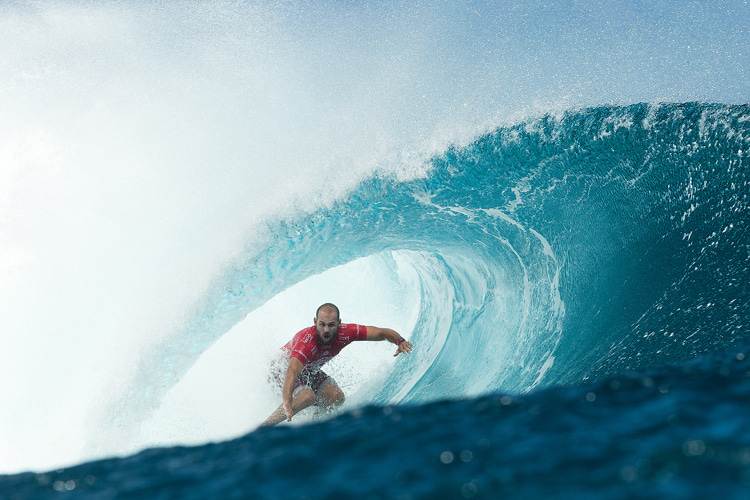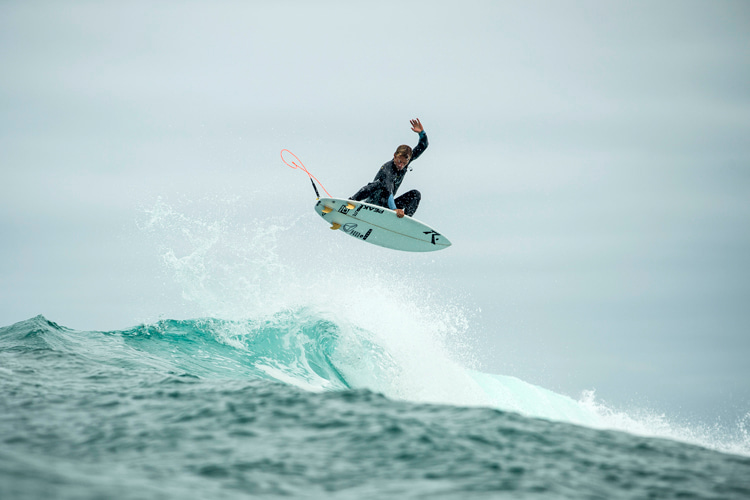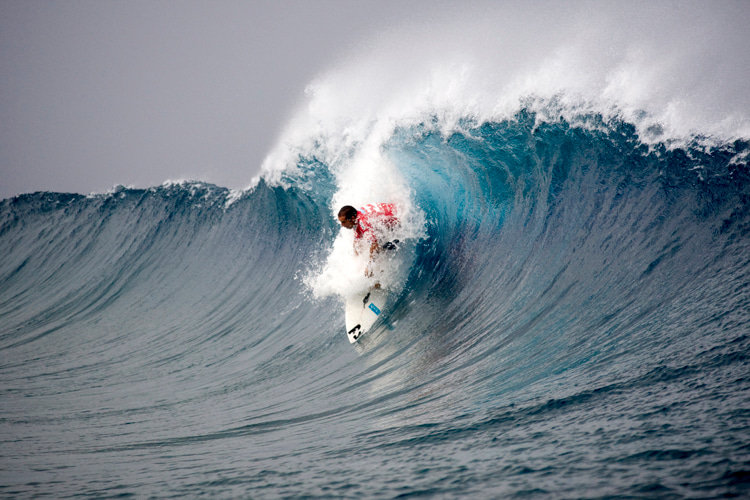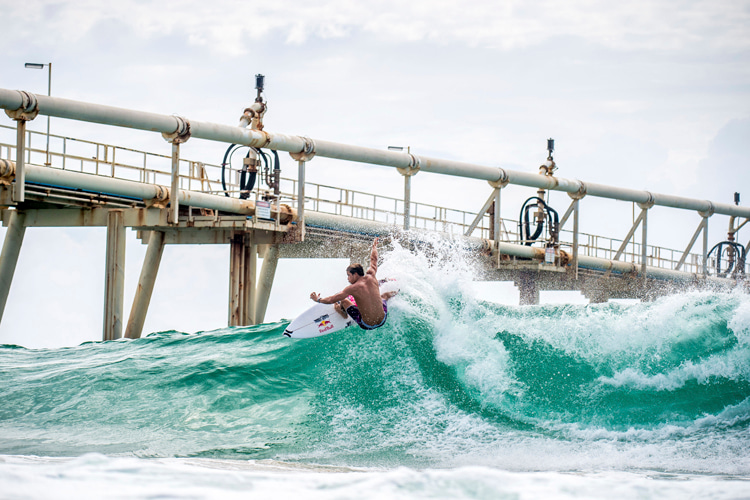The day will always arrive. It's just a matter of why and when. Retirement is part of everyone's career, and surfing is no different.
Professional competitive surfing could be a dream career for many young souls, but the passing of time also makes it progressively less exciting and appealing.
Retirement is always one of the most difficult decisions one has to make in their life, whether you're a sportsperson or the founder and soul of a company or brand.
Our instinct will often tell us to keep going because "we still got it under control" or "we're still young at heart."
There are several valid reasons to extend a professional career beyond its average period. Some people work until they're in the 70s, 80s, and 90s.
However, things are slightly different in the sports world, and only a few activities feature men and women way beyond their 30s, 40s, and 50s.
The body is their working tool, and aging takes its toll - on everyone without exceptions.

Variables at Stake
Today, professional surfing is a high-performance sport in which all details matter to win heats by narrow margins.
There's a lot going on backstage that fans don't often see - highly demanding physical training routines, nutrition programs, and an increasing amount of mental preparation.
In a winner-take-it-all sport like surfing, the best and most confident surfer of the season can easily get knocked out of an event in early elimination heats.
It's part of the game, and there are no draw results - you'll either win or lose.
And then, surfers get older - a bit like humans do.
And then, they start getting tired of traveling from one side of the world to another.
And then, results do not meet their initial expectations.
And then, they start a family.

The End of the ASP World Tour Generation
In a decade (2011-2021), a series of high-profile, professional surfers announced their retirement.
Some kicked off their successful careers in the 1990s during ASP World Tour's golden days; others are younger.
They won multiple Championship Tour events and world titles and decided to hang the leash while still on top of their game.
So, why would world champions put an end to a glorious trajectory when they were still able to fight for another world title?
There are many reasons why pro surfers decide it's time to stop surfing for a living.
Aging is certainly one of them, but there are multiple layers that we, as spectators, don't generally see or can scrutinize.
CJ Hobgood (2015), Kieren Perrow (2013), Travis Logie (2014), Freddy Patacchia (2015), Taj Burrow (2016), Tiago Pires (2016), Josh Kerr (2017), Mick Fanning (2018), Joel Parkinson (2018), Adriano de Souza (2021), Julian Wilson (2021), Jeremy Flores (2021), and Mikey Wright (2021) are only a few examples of names who left the tour in recent years.

Why Are Surfers Retiring Earlier?
This retirement wave appears to be accelerating faster than expected.
But why are some of these talented and young athletes calling it quits? Has the global pandemic put on an unbearable weight on their shoulders?
Are they planning a life-changing move? Have they lost the competitive fire?
Is the professional surfing circuit not attractive anymore? And, if so, what were the changes that ignited those drastic decisions?
For those who witnessed the changing of the guard between the ASP World Tour days and the World Surf League era, it's clear that some things were lost in the transition.
Unlike what some might think, social media is not helping spread the passion for competitive surfing, and the sport is only losing its magic.
The constant flow of cut-in-half rides on our social media feeds is making us insensitive to the enchantment of each wave.
A memorable wave became a short-lived product that is monetized, and increasingly less an unforgettable moment in the sport's history.
Professional surfers may have shifted their priorities toward a life with meaning, even it means making less money.
Is the Pro Surfing Format Sustainable?
Maybe it's time to reflect on the future of surfing as a competitive sport that simultaneously feels and looks less like just a business.
We have to truly listen to the fans, take notes, and act accordingly.
Surfing is one of the few global and popular sports that rely on Nature to shine and blossom. It's a different game with specific historical roots.
One of the things that we've learned from surviving a pandemic is that, for instance, a football game in an empty stadium is not a football game.
It's a mere sporting dispute and a TV-driven business. We realized that fans on the stands are what makes football such a unique sport.
Anchoring competitive surfing in a social media strategy aimed at creating monetizable content will not only end up tiring fans and athletes in the medium term.
Surfing fans are not internet and social media followers and will never be measured in likes and dislikes.
We don't engage people with surfing by simply boosting online presence and through constant posting on social media.
That is a huge misconception that we should reflect upon and repair.
Words by Luís MP | Founder of SurferToday.com
